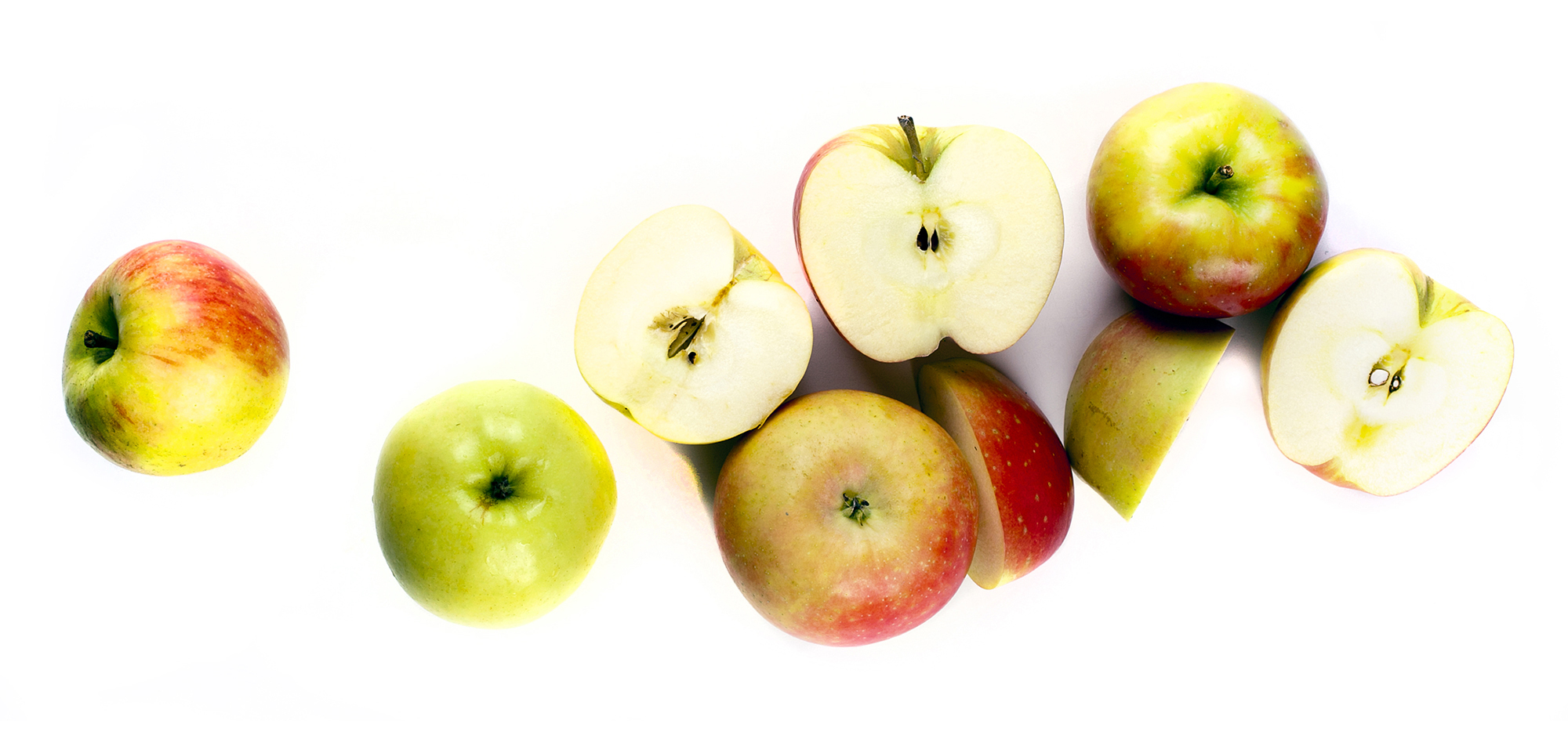Apples have long been associated with a healthful diet. The fruit is low in calories and sodium, and high in fiber and Vitamin C.
But just how long ago did humans coin the adage “An apple a day keeps the doctor away”?
“It sounds as if it should be really old, but in fact the first recorded use is in the 1860s, when it is said to be an old saying from Pembrokeshire in Wales,” said Caroline Taggart, author of “An Apple a Day: Old-Fashioned Proverbs and Why They Still Work.”
The original phrase, Taggart said, was, “Eat an apple on going to bed, and you’ll keep the doctor from earning his bread.” In the 19th century and early 20th, the phrase evolved to “an apple a day, no doctor to pay” and “an apple a day sends the doctor away,” while the phrasing now commonly used was first recorded in 1922.



